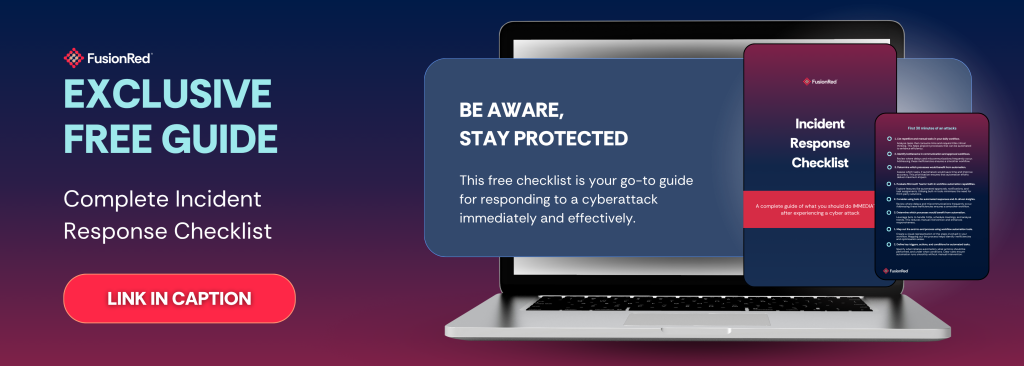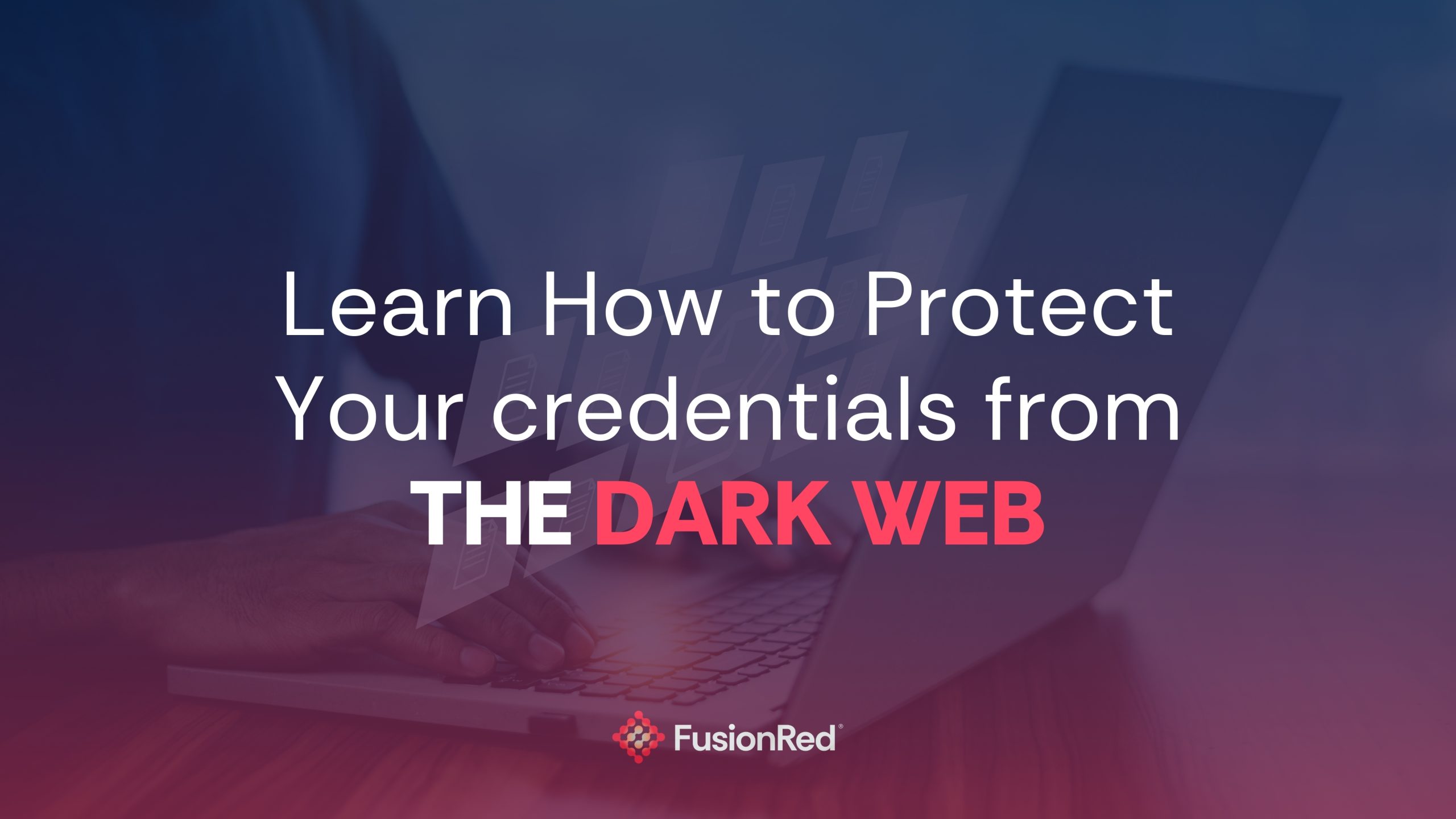When Cybersecurity Fails: What Happens, and What to do
Related Articles
Setting Up Power BI for Your Business
Introduction Most business owners did not start their business to spend their time sorting out spreadsheets. But here they are every month, buried in Excel files, chasing missing numbers, and trying to make sense of reports that take forever to assemble. If you feel like your business is drowning in spreadsheets, you are not […]
Why Microsoft Planner? Plan It Like a Pro with MS Planner
https://youtu.be/YM-FDRcIsHQ?si=udHUgTD5-_ux_yVU Managing projects efficiently is a cornerstone of successful businesses, but finding the right tools to streamline tasks, track progress, and meet deadlines can be challenging. In our recent webinar, Plan It Like a Pro, we explored how Microsoft Planner can help businesses of all sizes achieve their goals while integrating seamlessly into their existing […]
How to Protect Your Credentials from the DARK WEB
You Might Be Exposed, Without You Even Knowing It. Imagine this: you’re going about your day, logging into your email, checking work files, maybe even making a quick online purchase. Meanwhile, on the Dark Web, cybercriminals are buying and selling login credentials—maybe even yours. Stolen credentials are one of the most valuable commodities for hackers, […]




